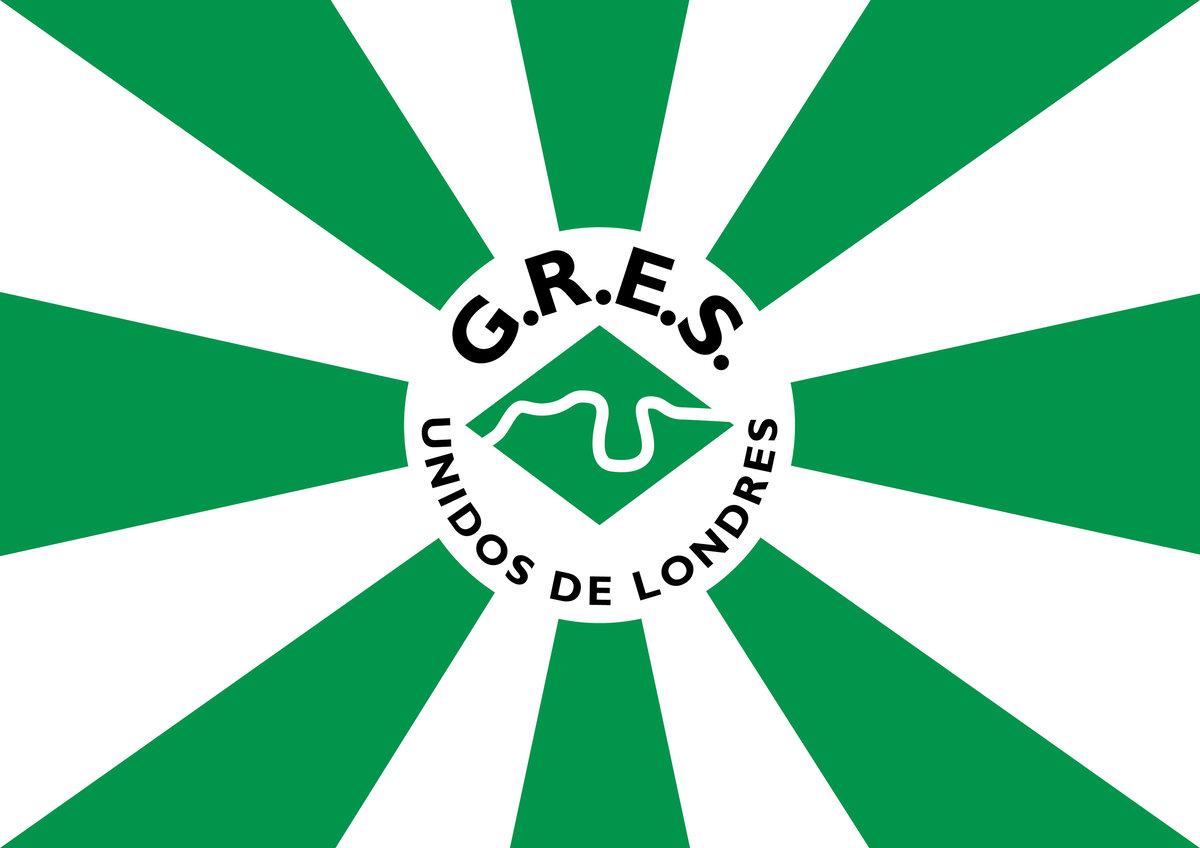Here is a London School of Samba favourite, and Zé do caroço has become one of the classic samba songs of all time: for many sambistas, composers and singers alike, it is very important because it depicts a life behind the glamour and glitz of carnival, talking proudly about the humble roots of samba schools, in the communities, and what it really means to the people that live and die for that 20mins of glory on the avenida. For any of you that were in Coburg this year a high energy version (check out the Reveleção version below) went round the Highlander pub more than a few times on the Sunday night! All together now, “Le-le-le-leeee…”
Zé do caroço – classic samba songs
This is the song which made Leci Brandão (daughter of the great partido-alto singer, Jovelinha “Perola” Negra, of Sorriso Aberto & Um bagaço da Laranjafame) famous in 1978. It’s quite political – Zé do caroço is a local community leader during the military dictatorship who speaks over a loudspeaker (back then the equivalent of local community radio) and makes his speeches “…ele faz um discurso profundo” at the same time the telenovela is “distracting everyone” with its banality (as Brazil’s ‘national’ music the military supported samba in a show of patriotism to strengthen the nationalism it depended on to remain in power – but not without heavy censorship of course). It’s a comment on the superficiality of popular culture at the time, and how carnival was becoming all glamour and no guts after the rise of what they nicknamed Super Escolas S.A. (“Super Schools Inc.”) because basically in just a few years the samba schools had become a huge business after the rise of the carnavalesco legitimised the involvement of the middle classes and subsequently the tourist industry. The downside was that this attracted the patronage of the bicheiros (illegal gambling ‘racketeers’) i.e. Mocidade burst out of insignificance in 1975 thanks to the partronage of the bicheiro Castor de Andrade. But the upside was that the parade evolved – in 1972 Djalma Santos (Mangueira bateria president) helped to create the first ala das passistas, “Vê se entende” (“Make sure you get it”); 1974 the first ever rainha da bateria, Adéle Fátima, is crowned in Mocidade and in the same year destaques allowed on floats for the first time. Several years later the great ‘Manguerista’ Cartola would refuse to parade saying that it had all got out of hand and the parade went too fast (1979)!! Plans for the sambódromo were being discussed and eventually Castor Andrade would form LIESA – for many, cementing Mocidade’s importance in samba history and the start of a new era. Anyway, all this explains the lyric “carnival não é esse colosso/nossa escola é raiz, é madeira” – which is a reference to authentic, “roots” samba,“samba de raiz,” and hence also the line “Vila Isabel verdadeira” (the ‘real’ original samba school of Vila Isabel, as opposed to the samba school “S.A.” it had become). Some years later, in 1989 the great carnavalesco Joãzinho Trinta led Beija-Flor to an unprecedented victory with a controversial enredo called Ratos e Urubus, Larguem a Minha Fantasia (“Rats and Vultures, stay away from my costume!”) where he dressed up some alas up in rags as a statement against everything becoming too commercial and ostentatious (that was also the year they paraded with a Christ the Redeemer statue and the church complained so they had to cover it up!).
.
Those legends of pagode, Revelação, playing one for the quadras…
.
.
Leci Brandão (the original composer) shakes her booty for the versão FUNK!!
.
.
LYRICS:
(*morro do Pau da Bandeira is a favela)
.
| No serviço de auto-falante
Do morro do Pau da Bandeira* Quem avisa é o Zé do Caroço Que amanhã vai fazer alvoroço Alertando a favela inteira Como queria que fosse Mangueira Que existisse outro Zé do Caroço Pra dizer de uma vez pra esse moço Carnaval não é esse colosso Nossa escola é raiz, é madeira Mas é o Morro do Pau da Bandeira De uma Vila Isabel verdadeira O Zé do Caroço trabalha O Zé do Caroço batalha E que malha o preço da feira E na hora que a televisão brasileira Distrái toda gente com a sua novela É que o Zé põe a boca no mundo Ele faz um discurso profundo Ele quer ver o bem da favela Está nascendo um novo líder No morro do Pau da Bandeira Está nascendo um novo líder No morro do Pau da Bandeira No morro do Pau da Bandeira No morro do Pau da Bandeira |
On the local radio
From the morro do Pau da Bandeira It’s Zé do Caroço who issues the warning That tomorrow there will be a shake up And the favela has now been warned Oh how I wish that it in Mangueira There was someone like Zé do Caroço So we could tell them once and for all Carnaval is not that kind of showbiz Our [samba] school is roots, it’s madeira But it’s in the Morro do Pau da Bandeira In the real Vila Isabel That Zé do Caroço works That Zé do Caroço struggles And where he tries to make ends meet And it’s at that hour when Brazilian TV Distracts everyone with its novelas That’s when Zé speaks out He makes a profound speech Because he wants the best for the favela A new leader is being born In the morro do Pau da Bandeira A new leader is being born In the morro do Pau da Bandeira In the morro do Pau da Bandeira In the morro do Pau da Bandeira |
.
Chris Bicourt
